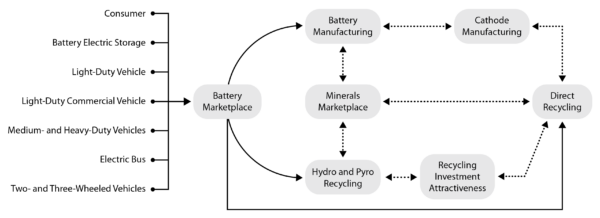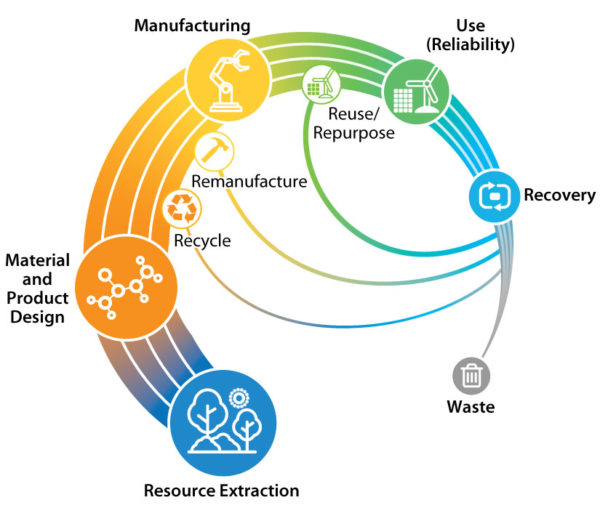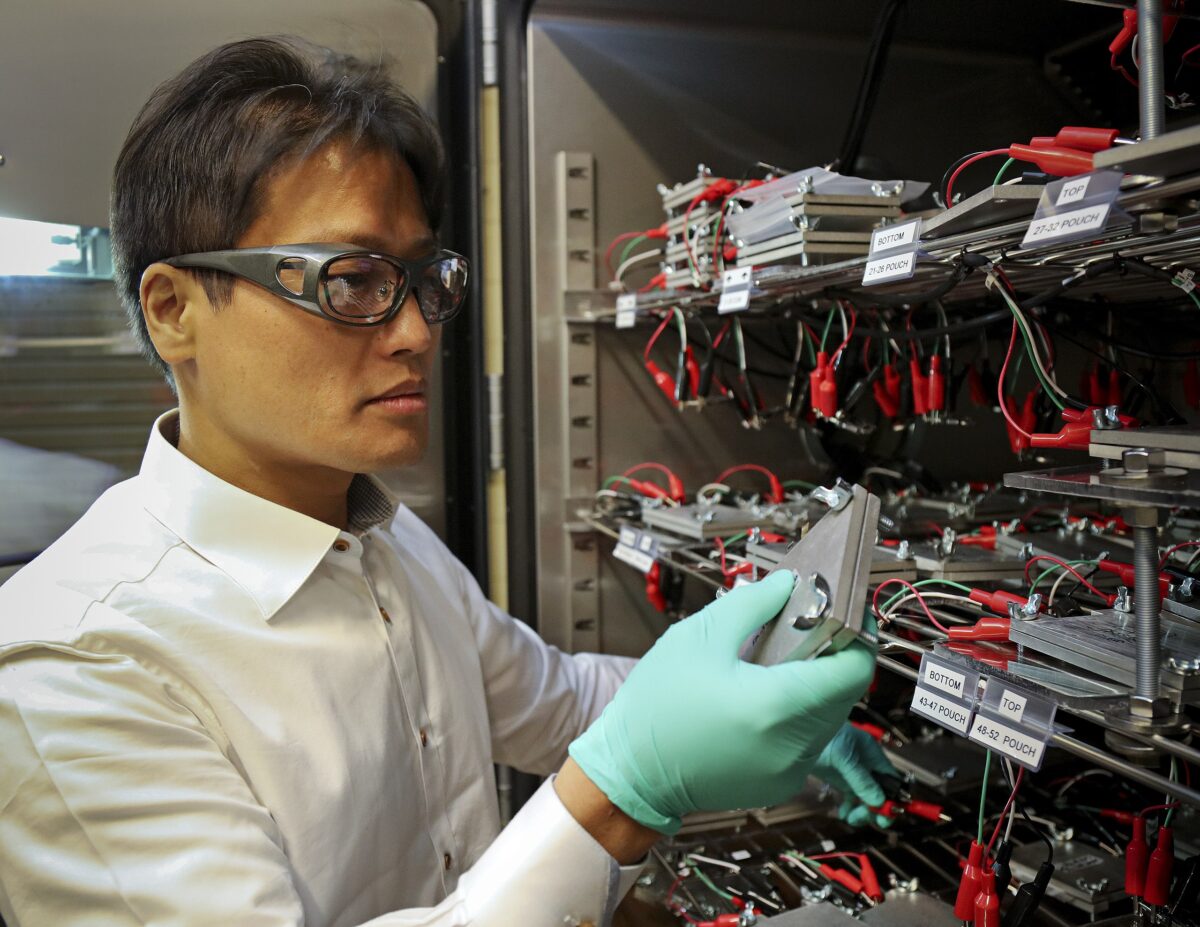The transition to decarbonized energy is expected to require significant amounts of lithium and other battery materials to support grid-level energy storage, electric vehicles, mobile devices, and more.
Recognizing the need to understand the dynamics of a steady supply chain of these materials, the Department of Energy’s National Renewable Energy Laboratory (NREL) developed a software tool called the Lithium-Ion Battery Resource Assessment Model (LIBRA).
Ongoing NREL research elucidates the need for supply chain strength for a clean energy future. The LIBRA model is helping researchers better understand the numerous factors that impact the lithium-ion (Li-ion) battery materials supply chain, a key to the energy transition.
“Li-ion batteries offer performance, energy density, cost, and cycle-life benefits. However, electrification efforts are complicated by various intersecting factors, including differences in markets, operations, and policies. In addition, Li-ion batteries may contain critical materials in short supply, such as cobalt, with few natural resources available domestically,” said NREL.
LIBRA uses system dynamics modeling to analyze the supply chain and evaluate the economic viability of Li-ion battery manufacturing, reuse and recycling. The tool considers changes in costs, battery adoption scenarios and international actions, and how these factors influence long-term trends in the battery supply chain.

Image: NREL
“Although LIBRA can’t predict the future, this model allows researchers to ask and answer ‘what-if’ questions to gain insights into a complex and rapidly evolving industry. LIBRA offers a detailed and consistent approach to guide research and investments to secure the Li-ion supply chain, optimize recycling processes, and ensure resiliency and sustainability for nationwide grid and vehicle electrification,” said NREL.
The system dynamics analysis in LIBRA track the supply and flow of materials and costs over time for manufacturing and recycling. It includes advanced feedback loops that inform changes throughout stages of the chain. As a result, LIBRA can offer insights into material availability and demand for lithium.
“For example, if we extend the lifetime of EV batteries to reduce the overall environmental impact of Li-ion batteries, how might that lower the availability of recycled materials? There are many factors at play,” said Dustin Weigl, a mobility research analyst at NREL.
The tool tracks the movement of lithium, cobalt, nickel and other elements through the supply chain. The model has repeatedly shed light on the economic viability of recycling of these materials. It has highlighted an opportunity for regional potential of recycling to offset mineral imports.

Image: NREL
Among other insights, LIBRA offers useful data and analysis for:
- Investments and research progress necessary to grow the LIB recycling industry
- Importance of battery chemistry and sorting in the recycling supply chain
- Specific regional potential of recycling to offset mineral imports
- Economic and job benefits due to battery manufacturing and recycling
“We are constantly updating LIBRA’s model structure and data based on the latest developments within the transportation and recycling industries,” said Weigl. “Technological advancements move quickly, but LIBRA is designed to adapt with next-generation cell chemistries, battery designs, and storage systems.”
This content is protected by copyright and may not be reused. If you want to cooperate with us and would like to reuse some of our content, please contact: editors@pv-magazine.com.









By submitting this form you agree to pv magazine using your data for the purposes of publishing your comment.
Your personal data will only be disclosed or otherwise transmitted to third parties for the purposes of spam filtering or if this is necessary for technical maintenance of the website. Any other transfer to third parties will not take place unless this is justified on the basis of applicable data protection regulations or if pv magazine is legally obliged to do so.
You may revoke this consent at any time with effect for the future, in which case your personal data will be deleted immediately. Otherwise, your data will be deleted if pv magazine has processed your request or the purpose of data storage is fulfilled.
Further information on data privacy can be found in our Data Protection Policy.